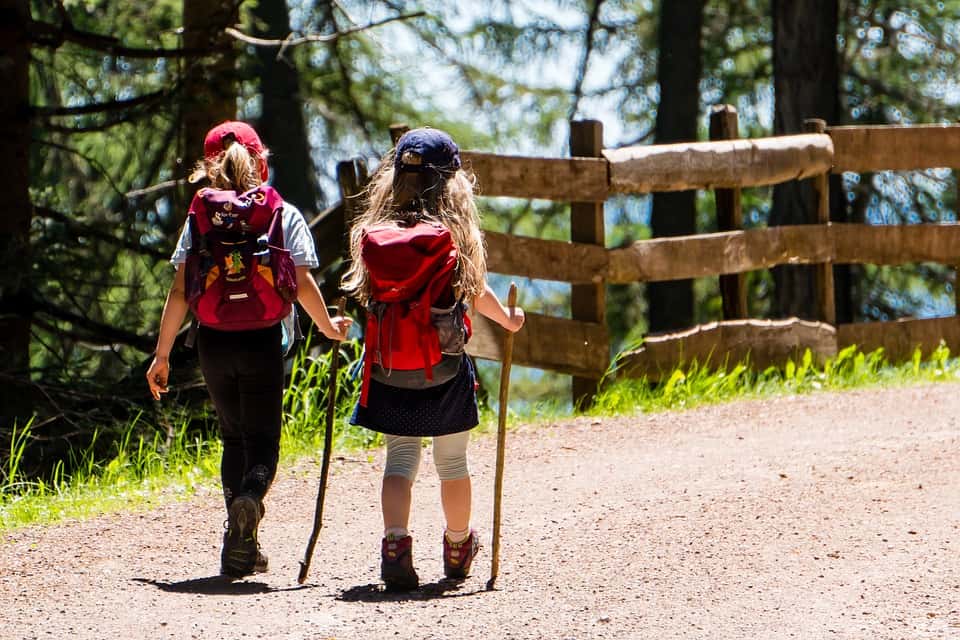It’s wonderful to see children who are comfortable with everyone and want to give everyone they meet a hug. While this is endearing to parents and nannies, many people are uneasy having strange children run up and hug them. It’s also not an appropriate greeting for strangers so we need to teach our children to be respectful of personal space. So how do we accomplish this?
Define personal space
Before we can teach children about respecting other people’s personal space, we must make sure they understand their own personal space. This involves the development of spatial awareness. Spatial awareness is knowing where you are in relation to other items in a given space. It involves understanding the relationship of other objects when you change position. It is reflected in the ability to reach out for an object and know exactly how far to extend your arm to get it. Teaching personal space also helps a child realize that when wearing a backpack, they have to plan for the extra room it takes when turning around or walking down the aisle of a school bus.
While many children naturally understand personal space and keep proper distances when speaking to others, some do not. They may inadvertently invade someone’s space by standing too close or hugging and touching too often and without warning.
While the amount of space differs by culture and country, we need to teach children how to maintain the proper distance as they approach, talk or otherwise interact with a person. Since most children grasp the concepts of mine and yours, it’s helpful to explain personal space in that context. The space closest to the person ‘belongs’ to them.
Help the child understand the concept of ‘standing too close’ and how this may make people feel. One exercise you can do with an older child is to have the child stand 3 feet in front of you. Ask them if they feel comfortable. Then have them slowly walk towards you and stop when they feel uncomfortable. Explain that this is how some people feel when you stand too close or invade their personal space.
Watch for social cues
You can also help children learn to look for clues that the person is uncomfortable. They may cross their arms or take a step back to ‘protect’ their personal space. The child should learn to step back and reduce the other’s person’s feelings of encroachment. In general, a space of 18-24 inches is considered adequate, although if the child or person is coughing or sneezing, more space should be maintained. Children are not generally good at estimating distances, so you can play a couple of games to help them better understand.
Younger children can be taught to stand at least their arm’s length away. Another way to help a child visualize the distance is to get a rope and cut it into a 24” length. Play role acting games where each child is assigned a role – like a teacher and student, parent and child, two friends, etc. Then, have the child and other participants hold each end of the rope as they act out their role.
In addition to personal space, sometimes people need time alone. This may be hard for children to understand, especially if the person is a family member. Explain to the child that the person desiring time alone is not ’mad’ at anyone – especially the child. Instead, use the analogy of a battery. The family member needs time alone to rest and recharge their battery. Younger children may better relate to the other person ‘needing nap’ while older children should understand ‘quiet time’.


Recent Comments